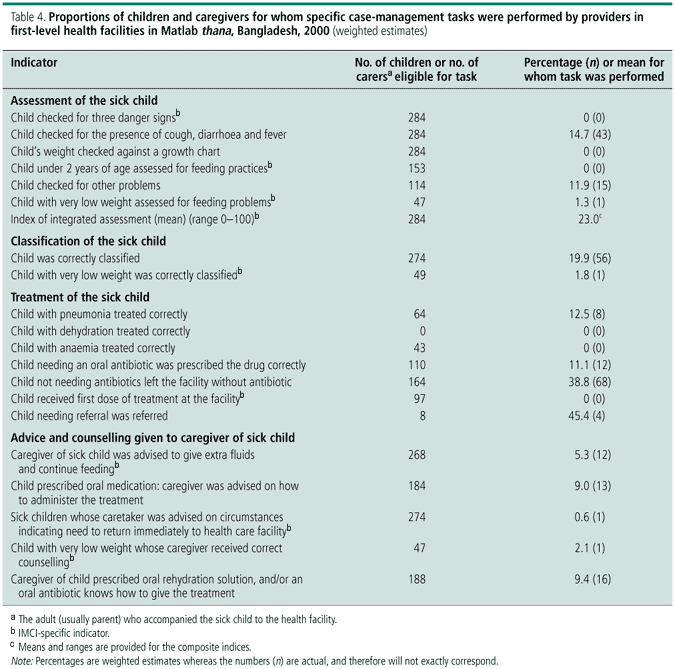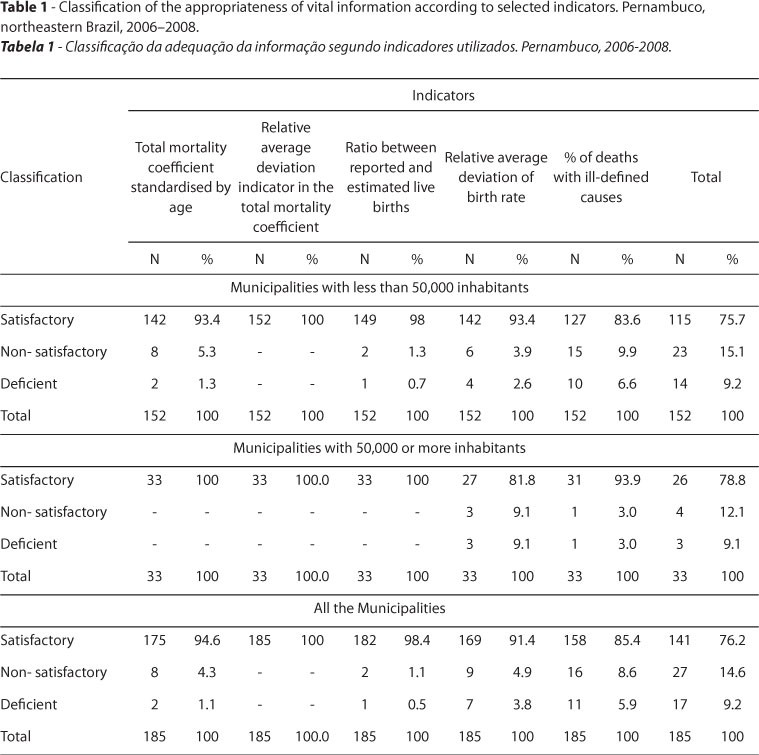Classifying indicators
Post on: 16 Март, 2015 No Comment

With the trend of a security determined, we can now classify indicators into two categories: those that work best in trending markets and those that work best in trading markets. Table 3.1 shows some well-known indicators classified into these two categories.
Generally, indicators that work well in nontrending market environments are those that give overbought/oversold readings. The theory is that when a security rises too far too fast it becomes overbought and therefore retreats. The opposite is true for oversold conditions. These indicators work well in nontrending environments because an overbought reading is registered whenever the security rallies to the upper end of its trading range. Conversely, the security becomes oversold when it nears the lower end of its trading range.
Indicators that work well in trending environments are generally those that tend to remain positive as long as the security continues to rise or those that remain negative as long as the security decreases. Moving averages are a common element in many of these indicators.
Note: Some indicators, such as On Balance Volume and Money Flow, are not listed since they do not give strict buy and sell signals.
Nontrending Indicators
To demonstrate the effectiveness of a nontrending indicator, we will again examine Louisiana Pacific (LPX). Figure 3.2 shows LPX charted with its 21-day stochastic, an indicator that works well for nontrending securities. A stochastic buy signal is registered when the indicator moves out of oversold territory by rising above the lower horizontal line (corresponding to a value of 20). A sell is tegistered when the indicator falls below the upper horizontal line (corresponding to a value of 80). We have dtawn arrows on the LPX price chart that correspond to the buy and sell signals generated by the Stochastic indicator.

Notice that the stock tends to fluctuate between $23 and $27. When the stock falls to the lower end of this range, a stochastic buy signal is often registered. A corresponding sell is registered when the security rises to the upper end of its range. A listing of the actual signals registered in Figure 3.2 is found in Table 3.2. Each trade based on these signals is profitable. For a nontrending security, the stochastic can be very effective.
However, the stochastic indicator loses its effectiveness when a secutity is in a strong trend. An example of this is shown in Figure 3.3, which displays Nike (NKE) along with its stochastic indicator. The indicator gave a good buy signal in late February but proceeded to give a series of sell signals even as the security moved higher. The stochastic will almost always have you exit from strong performing securities too early.
Figure 3.2 A nontrending stock with a nontrending type indicator. The indicator gives accurate buy and sell signals.
Trending Indicators














